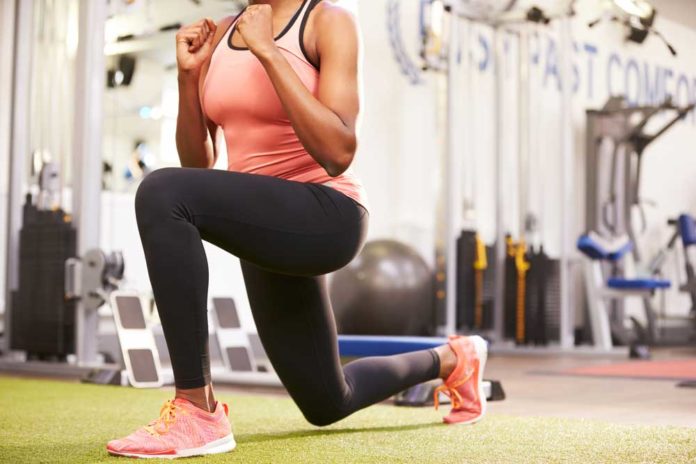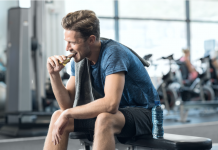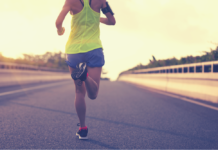How to Strengthen Legs
Aerobic Training
Also known as cardio, aerobic training generally requires movements of the legs. Elevate your heart rate while strengthening the legs with these exercises:
Walking
Walking is that one exercise that may seem effortless at times, but has shown to have great benefits. Try stretching and walking the legs throughout as much of the day as possible, including taking the dog out or during your lunch hour.
Hiking
Going for a hike in the outdoors can truly be a leg-strengthening workout, as hilly elevations are common at most hiking trails. Additionally, having a hiking companion and scenic views can help pass the time, not even feeling like an intense workout!
Biking
Pedaling on a bike stimulates leg muscles without causing great impact on joints in the lower body. Biking can also be an aerobic activity both in and outdoors and poses the opportunity to increase activity throughout the day, including riding to work, school, or anywhere else available to.
Swimming
Like cycling, swimming or treading water is considered to be a low-impact exercise. It is considered to be a significant aerobic and leg-strengthening exercise, as it requires ongoing kicks and movements to stay afloat.
Leg Exercises
Incorporate these leg exercises into your regular workout routine at least twice a week. Try completing 10 to 15 repetitions per exercise, for at least one round, gradually progressing to more sets. Once you are comfortable with the movements, introduce weights into the exercises.
Squats
Squats are a primary leg-strengthening exercise, especially when well-executed. Tone the legs with body or weighted squats, advancing with dumbbells or a leg press as strength builds.
Lunges
Lunges not only strengthen and tone the legs, but are excellent balance exercises. Whether in place or walking, alternate legs between each lunge, completing at least 10 to 15 reps per leg. Like squats, add weights for added exertion.
Step-Ups
Step-ups are worthy exercises to build strength and endurance in the legs. Step onto a sturdy platform, such as a bench or solid table, alternating legs like in marching. As you advance, step onto a higher incline or add weights to the exercise.
Calf Raises
Calf raises targets exactly what the name suggests – the calves. To complicate the exercise, stand only on one foot and raise while staying balanced.
Stretch and Rest
Stretching is often overlooked in an exercise regimen, though disregarding the practice could be detrimental to recovery and progression. Improve recovery rates and flexibility with these leg stretches along with offering the body the rest it needs.
Fuel Up
Although physical movements bare great benefits, a nutritious diet should not be discounted. In fact, a poor diet can essentially unravel all the efforts made towards health and desired strength. Most nutritious diets encourage the importance of whole grains, colorful produce, lean and plant-based proteins, and healthy fat sources. Furthermore, it is imperative to achieve the recommended protein intake of 0.8 grams of protein per kilogram of body weight, though considerably active adults should strive for at least 1.0 to 1.2 grams. Find the 10 best foods for muscle recovery here. Additionally, drinking more water and fluids can lessen the risk of unpleasant muscle cramping.









